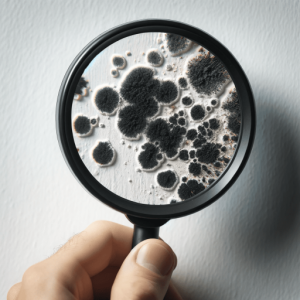Mould, Bacteria and Asthma Connection
Testing carried out in the Latrobe Valley, Victoria, Australia showed Children living in a damp house are more likely to suffer from respiratory symptoms and it was suggested that exposure to fungi is an important contributing factor.
Penicillium exposure was a risk factor for asthma, while Aspergillus exposure was a risk factor for atopy. Fungal allergies were more common among children exposed to Cladosporium or Penicillium in winter or to musty odour. Conclusion Indoor exposure to certain fungal genera in winter was a risk factor for asthma, atopy and respiratory symptoms in children. On the other hand, no significant associations were seen between average viable or total spore concentrations and child health. Actual measurements of fungal spores predict health outcomes better than reported dampness.
Clinical and experimental allergy ISSN 0954-7894 .
Testing like the above shows correlation between fungi and asthma but doesn’t go far enough to show what levels of bacterial and fungal fragments in the PM 2.5 range and below, along with what level of air borne Endotoxins and Mycotoxins were present in the environments where this testing was carried out. Data in these areas may show that actual testing of the airborne particulates in the respiratory range may actually be able to better predict health outcomes.


